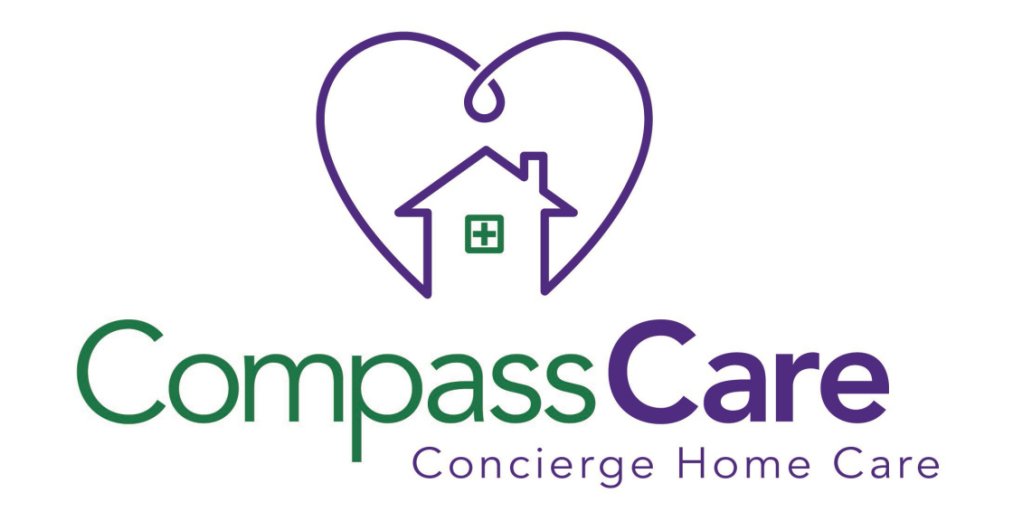Nursing home residents commonly abused by neighbors

 Cornell ChronicleJune 23, 2016Nursing home residents commonly abused by neighborsBy Heather Lindseycunews@cornell.edu
Cornell ChronicleJune 23, 2016Nursing home residents commonly abused by neighborsBy Heather Lindseycunews@cornell.edu
 |
 |
Twenty percent of people living in nursing homes are abused by other residents, according to a study by researchers in the College of Human Ecology and Weill Cornell Medicine.“We were very surprised by the prevalence of aggression,” said senior author Karl Pillemer, the Hazel E. Reed Professor in the College of Human Ecology’s Department of Human Development and professor of gerontology in medicine at Weill Cornell Medicine, who published the findings June 13 in the Annals of Internal Medicine. “We thought it would be common, but we did not anticipate that 1 in 5 people would be involved in a resident-to-resident incident.”In addition to the physical injuries that can result from these abusive incidents, “the emotional toll that can result from being victimized incessantly can be overwhelming,” said lead author Dr. Mark Lachs, co-chief of the Division of Geriatrics and Palliative Medicine and the Irene F. and I. Roy Psaty Distinguished Professor of Clinical Medicine at Weill Cornell Medicine.The Cornell researchers and colleagues at the Research Division of Hebrew Home at Riverdale evaluated 2,011 residents in 10 nursing home facilities during a one-month period. Of those individuals, 407, or 20.2 percent, had experienced a least one resident-to-resident incident of mistreatment.Nine percent of victims experienced verbal abuse. Five percent encountered physical abuse, and less than 1 percent sexual abuse. Another 5 percent suffered “other” types of abuse, such as invasion of privacy and menacing gestures.The most common types of verbal aggression were screaming at another resident and using foul language. Physical aggression most often included hitting and pushing. Going into another resident’s room without permission and taking or touching another person’s property were common examples of invasion of privacy.A major risk factor for aggression was cognitive impairment, said Pillemer, who is also director of the Bronfenbrenner Center for Translational Research at Cornell. “You have people who would otherwise not be violent but who have serious aggressive episodes,” he said.People who were younger and more physically active, meaning they were able to wander into other residents’ rooms, were more likely to be involved in an abusive incident, he said.Crowding in common spaces such as hallways and lounges also increased risk. Conflict occurred more frequently in the winter months, presumably when patients had limited space to interact indoors, and in nursing homes with lower staffing levels, said Lachs, who is also professor of medicine at Weill Cornell Medicine.The first steps toward addressing the problem are improving staff awareness and developing clear protocols for dealing with aggression among residents, Pillemer said. Individualized care is also important. Some people who are at greater risk of becoming aggressors may need more supervision than others.One obstacle to addressing this form of aggression is that regulatory agencies and media have traditionally focused on physical abuse of residents by staff.“This certainly occurs, and we should have zero tolerance for it,” Lachs said. “But this study suggests that one is much more likely to experience physical or verbal harm from another resident than from a staff member.”Heather Lindsey is a freelance writer for Weill Cornell Medicine.Find more Cornell news online at news.cornell.edu. Source URL: http://news.cornell.edu/stories/2016/06/nursing-home-residents-commonly-abused-neighbors
